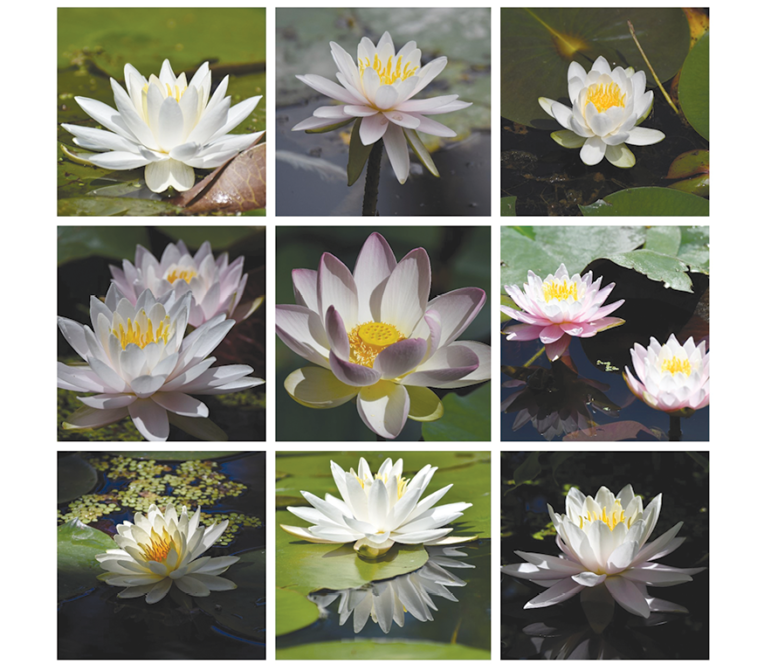When we were kids, one of my mother’s many attempts to civilize us included regular trips to Forest Park in Springfield. I am sure she had visions of us stopping to ponder the manicured and well-planned gardens that Fredrick Law Olmsted designed in 1893. She would start our sojourn by the lily ponds, imagining that we would be impressed by their beauty, perhaps motivated to go home and take out our paint sets and recapture them, a la Monet. We wouldn’t have any part of that. Not us. She’d blink her eyes, and we would be kneeling at the edge of the pond with our arms fully immersed in the murky water. We would feel our way around the mucky bottoms of Mr. Olmsted’s lily ponds in search of the fat bull frog tadpoles that would be hiding in the mud. They felt so satisfying in our hands with their smooth skin almost bursting at the seams. We would have our sensory time with the tadpoles and then let them swim away to live in their water lily-filled environment. Finally, my mom would give up on the water lilies and the finer things in life and follow us down to the more relatable monkey house.

You may view the beautiful Lotus Lily at Forest Park (center) or observe the water lilies that can be found floating locally in ponds and lakes.
Today when I go to Forest Park, I have eyes for the lily ponds, and they are sure worth a trip. They really put on a show, and there are rare specimens of lotus, as well, adding another layer of glamour to the park. But one does not need to leave the confines of Suffield to see water lilies, as they are found on several ponds across town. They are freshwater plants with waxy coated leaves which float on the water’s surface. They send up flowers, usually yellow or white depending on the variety, and these grow up past the leaves. According to Native American legend, the water lily was once a star which fell from the sky. Now, quite often it is a star-shaped flower with pronounced stamens looking very regal throughout the summer.
There is a pretty flotilla of water lilies down by Congamond that seems to scream summer. The scene is mesmerizing on a hot afternoon as dragonflies flit and turtles make their way through the tangle of the lilies’ underwater stems.
Not unlike the turtles’ challenge, there may have been some entanglement in my brain which necessitated going back to taxonomy class, where we classified flowering plants. When my professor wasn’t out mowing his lawn with a push mower, he was hammering home the Latin family names of all flowering plants, including the water lilies. It took me a while to retrieve their name from my brain, with all its decreasing grey matter, so I double checked on the computer. Water lilies are Nymphaecae, from Greek mythology pertaining to nymphs. These were female divinities associated with water and growth, which makes sense for this aquatic kind of plant. And in case you are wondering, there are all sorts of nymphs specializing in their own particular niche environments, including sea nymphs, grotto nymphs, lake nymphs and more. It’s good information to know in case you want to impress your mythology-loving peeps. Nothing like a good dose of mythology to separate one’s friendship group.